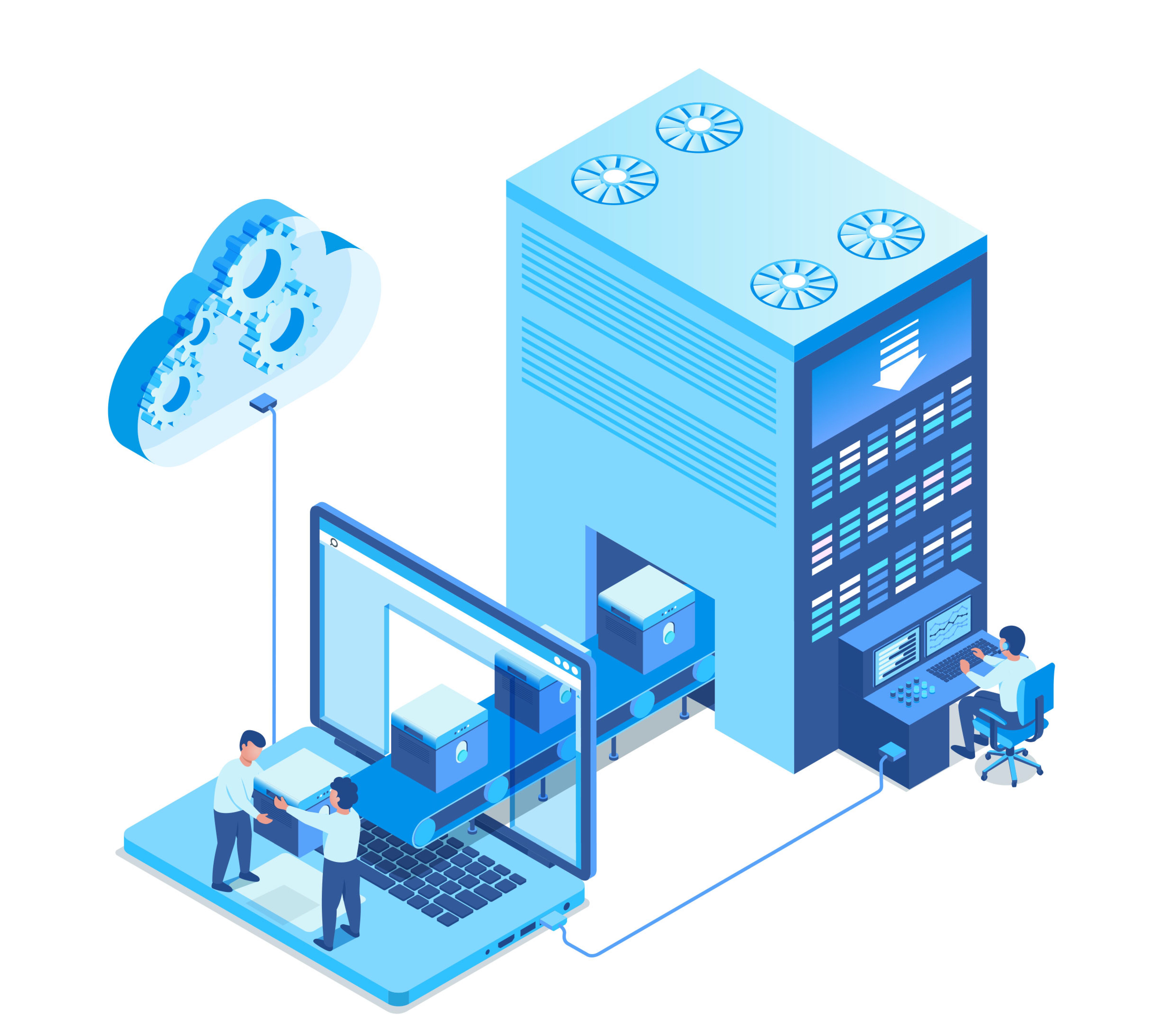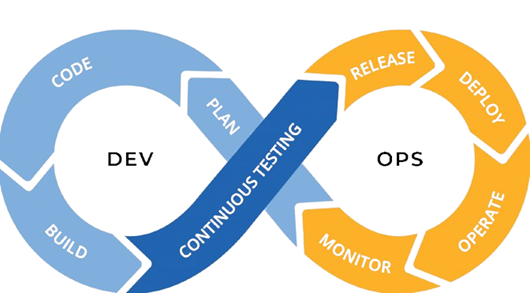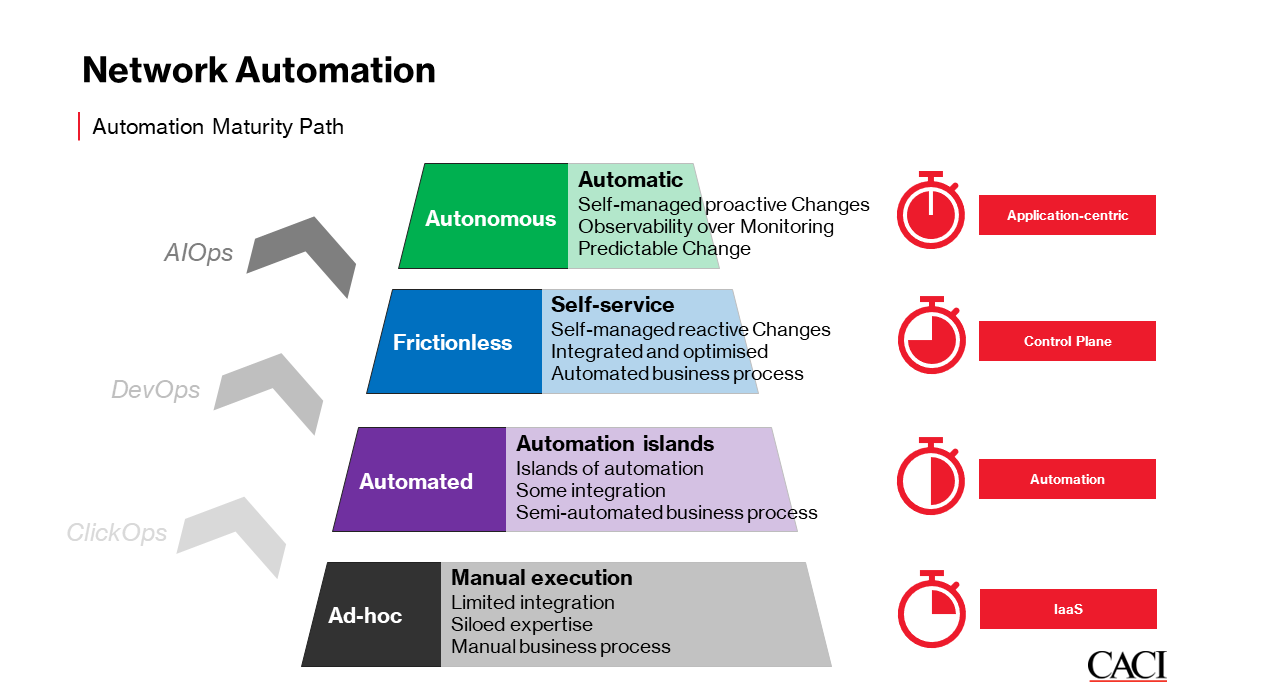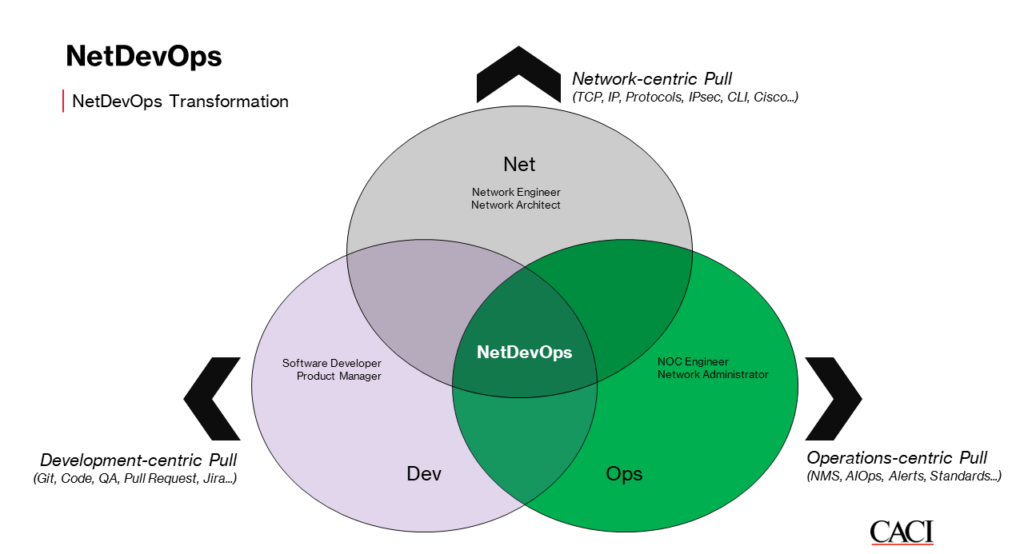
Managing multiple vendors has become a logistical nightmare for many businesses as the tech landscape evolves. Between ballooning vendor lists, overlapping services and spiralling costs, the need for effective vendor consolidation has become greater than ever.
Vendor consolidation isn’t just a trend, it’s a strategic move that empowers businesses to optimise their systems, reduce operational inefficiencies and drive meaningful cost savings. If your business is looking to achieve cost optimisation and streamline operations, this blog outlines the five key steps CACI recommends taking to successfully execute vendor consolidation.
What is vendor consolidation and why does it matter?
Over the past decade, IT innovation has led to an explosion of niche solution providers with expert capabilities. With the number of tech vendors increasing tenfold from 2012 to 2023, multi-vendor models that have worked in the past now introduce complexities, redundancies and inflated management costs. By consolidating vendors, businesses can:
- Simplify vendor relationships
- Improve service integration
- Strengthen security postures
- Reduce shadow IT risks
- Achieve significant cost efficiencies.
However, rushing into consolidation without a thoughtful approach can create more problems than it solves, which is why a strategic framework is essential.
CACI’s five key steps to perfecting a vendor consolidation strategy
Define your vendor consolidation goals
The first step to successfully consolidating is clearly defining what the goals and desired outcomes are.
Are you aiming to:
- Lower operating costs?
- Streamline vendor management?
- Reduce security vulnerabilities?
- Improve service quality?
Before taking action, identify your pain points, consider future growth strategies, assess regulatory compliance requirements and prioritise your goals. Your consolidation efforts must align with broader business strategies, not just short-term savings. These factors will then guide the entire process and help measure success once the consolidation is complete.
A clear vision will provide a roadmap to measure success once the transition is complete. CACI works across multiple verticals and is well placed to advise on and provide industry best practise. We can complete a requirements assessment to support this step to align with a business’ goals and provide a strong foundational step for consolidation.
Assess your current vendor landscape
Before you optimise, you must diagnose.
Large and varied vendor estates often result from aggressive growth periods, prioritising expansion over efficiency. This leads to underutilised software, overlapping services and unmanaged contracts, complicating the accurate measurement of the value being brought to the business.
A strategy must therefore begin with assembling a detailed inventory of:
- Vendors
- Products/services
- Service-level agreements (SLAs)
- Contract expiration dates
- Internal stakeholders.
Once the full landscape has been mapped, a deep analysis of how each product is performing should be completed and each vendor should be evaluated through both objective and subjective lenses:
Objective evaluation:
- SLA performance
- Incident history
- Service costs versus delivered value
- Service duplication across vendors
- ROI and proven cost savings to date.
Subjective evaluation:
- Strategic importance to your business
- User experience and training support
- Vendor flexibility, transparency, and reputation.

Gathering this information and conducting interviews with key users will help build a holistic vendor profile. Knowing who truly delivers value and who doesn’t will guide strategic decisions. Considering security architecture will further impact strategic decision-making. Firewalls, for example, are vital as the first line of defence against cyber threats. However, businesses can often manage a diverse array of firewalls from multiple vendors. This flexibility can complicate security and compliance due to organic security policy growth from new applications and services, rapid deployment of policy changes to meet project deadlines, temporary fixes to address immediate issues which are not revisited and more.
To remedy this, CACI’s network automation experts have developed a Firewall Optimisation Assessment to generate actionable insights, analysis and remediation suggestions for network security appliance configuration. With over 20 years of operational experience in network security engineering across many businesses, we undertake assessments across leading security device vendors including Palo Alto, Fortinet, Cisco and Checkpoint.
Are you confident that your firewall configurations are consistent and easy to manage? That there are no security weaknesses such as overly permissive policies or insecure protocols? That the rulebase is necessary and not leftover from testing? That the policies are configured according to industry best practice? If not, CACI can help.
Our Firewall Optimisation Assessment offers many benefits, including:
- Identification of security weaknesses
- Increasing operational efficiency
- Eliminating the need for reworking firewall RFC change requests
- Scaling your firewall for security posture
- Validating your security posture against known assessment criteria
- Progressing towards implementing governance-as-code.
Communicate your goals and priorities to vendors

Transparency with current vendors is crucial. By communicating goals, priorities and current challenges to vendors, more information can be gathered on the full capabilities of what each product and service can offer. Through this, opportunities for expanded partnerships or service integrations can also arise. Key areas to examine include:
- Managed services experience
- Industry expertise
- Service range and frameworks
- Innovation capacity
- Governance standards
- Global and local resource presence.
Often, a single vendor may offer additional services you currently purchase from others. At CACI, we regularly uncover these overlaps, offering clients enhanced solutions across network services, logistics, and mar-tech platforms.
Tip: Use third-party analyst reports like Gartner Magic Quadrants to benchmark vendor capabilities against the broader market.
Develop and implement a transition plan
With insights in hand, it’s time to build your strategy.
Prioritise vendors that:
- Can cover multiple service areas
- Maintain high standards of quality, security, and support
- Offer strategic partnerships, not just transactional relationships.
At this stage, address critical risk factors:
- Contractual obligations and penalties
- Regulatory and compliance impacts
- Potential downtime risks.
Perform a thorough ROI analysis, weighing financial metrics alongside strategic benefits like increased agility, improved compliance posture, and enhanced integration. This risk assessment will significantly improve the efficacy of the transition plan and prevent new challenges from emerging during the consolidation process.
Best practice: Phase your transition for minimal disruption. Pilot smaller changes before scaling consolidation efforts across the business.
Continuously monitor and optimise
Vendor consolidation isn’t a “set it and forget it” process. Ongoing monitoring and tracking is key.
Establishing clear KPIs and SLA benchmarks to measure vendor performance will contribute hugely to the successful management of ongoing, optimal operations. Conduct annual evaluations to:
- Identify new consolidation opportunities
- Validate vendor alignment with business goals
- Maintain cost and performance optimisation.
Regular reviews foster a culture of continuous improvement, ensuring your vendor strategy evolves alongside your business.
CACI offers both shared and dedicated managed services which can provide 24/7 monitoring, helping businesses continuously improve, develop and innovate to achieve optimisation goals.
Common pitfalls to avoid during vendor consolidation

While consolidation offers powerful benefits, be mindful of these common mistakes:
- Over-consolidating: Diversification can mitigate risk. Avoid relying solely on one provider for critical systems.
- Underestimating transition complexity: Budget time and resources for integration, training and risk mitigation.
- Ignoring stakeholder input: Early engagement with users ensures buy-in and identifies potential friction points.
- Focusing only on cost: Strategic value, security posture and service quality must weigh heavily in decisions.
By navigating these challenges thoughtfully, you can realise maximum benefits without unintended setbacks.
How CACI can help you master vendor consolidation
At CACI, we understand that vendor consolidation is more than an operational exercise — it’s a strategic transformation. Our team partners with businesses to:
- Map vendor ecosystems
- Identify strategic partners
- Design transition roadmaps
- Mitigate consolidation risks
- Drive operational efficiencies.
Ultimately, any consolidation exercise needs to enhance a business’ capabilities, increase efficiencies and drive agility. If, based on these considerations, your business is ready to move forward with strategic vendor consolidation, CACI is working with multiple clients to explore and implement strategies to optimise their systems, improve operational inefficiencies and drive cost-effectiveness. Ready to elevate your vendor consolidation game?
Contact CACI today to learn more about our tailored vendor consolidation strategies and how they can help you streamline operations, enhance resilience and position your business for future growth.

















